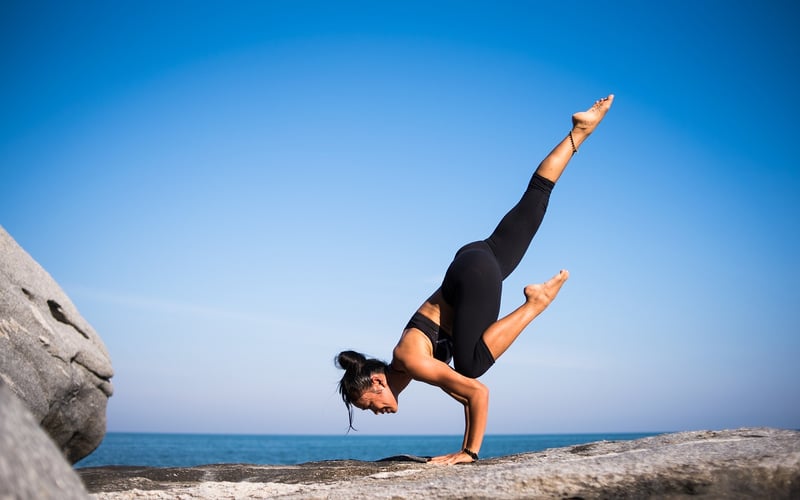Pilates for Flexibility
#Mindfulness
#Physical Wellness
#Mental Health
Exploring Gentle Movements for Body and Mind Connection + Pilates for Flexibility
Gentle Movements for Body and Mind Connection
Connecting the body and mind through gentle movements can have a profound impact on overall well-being. By engaging in practices that focus on fluidity, breath, and mindfulness, individuals can cultivate a deeper awareness of their bodies and reduce stress.
Benefits of Gentle Movements:
- Improved flexibility and mobility
- Reduced tension and stress
- Enhanced mind-body connection
- Increased relaxation and mindfulness
Practices to Try:
- Yoga: Incorporating gentle yoga flows can help improve flexibility and promote relaxation.
- Tai Chi: This ancient Chinese practice focuses on slow, deliberate movements to cultivate balance and harmony.
- Qi Gong: Qi Gong combines movement, breath, and meditation to enhance energy flow and mental clarity.

Pilates for Flexibility
Pilates is a form of exercise that focuses on strengthening muscles while improving postural alignment and flexibility. This low-impact workout is suitable for individuals of all fitness levels and can be particularly beneficial for enhancing flexibility.
Key Aspects of Pilates:
- Core strength: Pilates emphasizes the development of a strong core, which supports overall body movement and stability.
- Flexibility: Through controlled movements and stretches, Pilates helps increase flexibility in muscles and joints.
- Alignment: The focus on proper alignment during Pilates exercises can improve posture and reduce the risk of injuries.
Tips for Practicing Pilates:
- Start slowly and focus on proper form to maximize the benefits of each exercise.
- Listen to your body and make modifications as needed to avoid strain or discomfort.
- Consistency is key - regular practice can lead to noticeable improvements in flexibility and strength.

